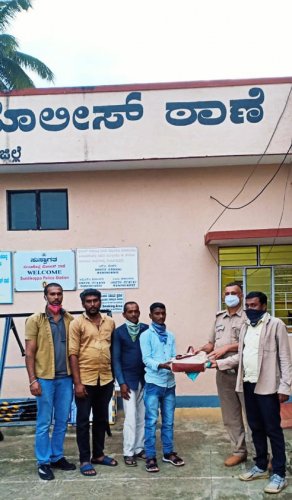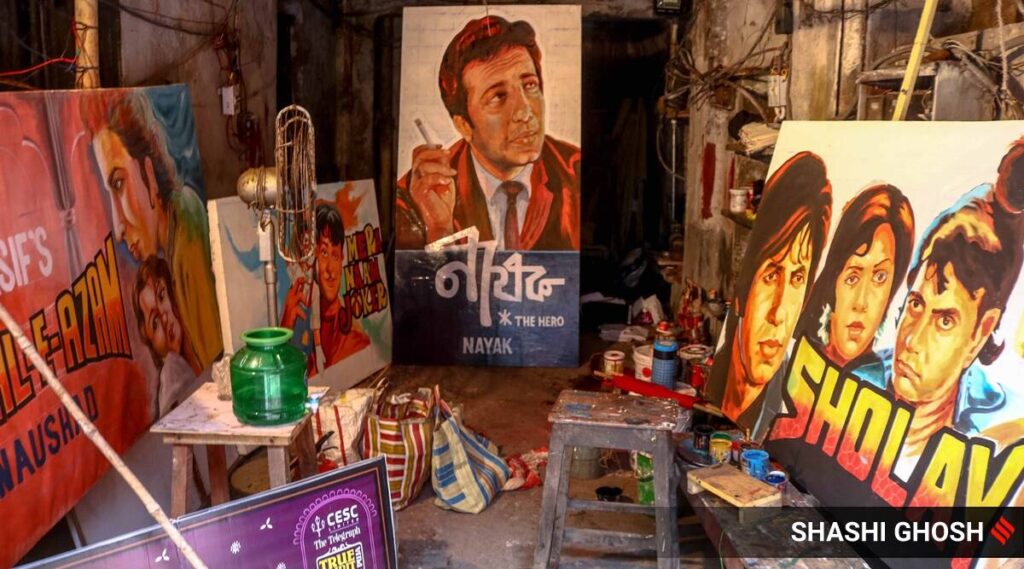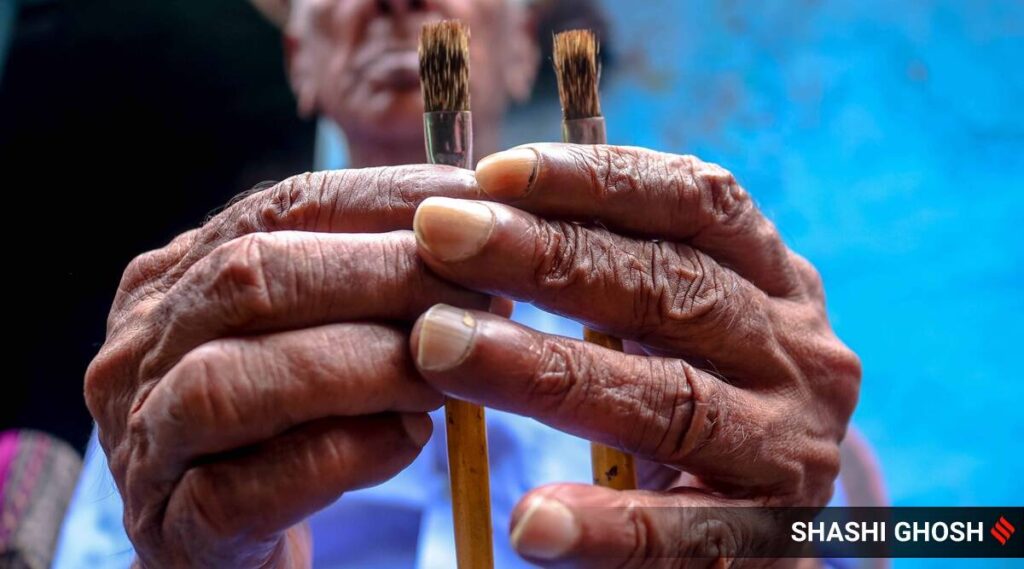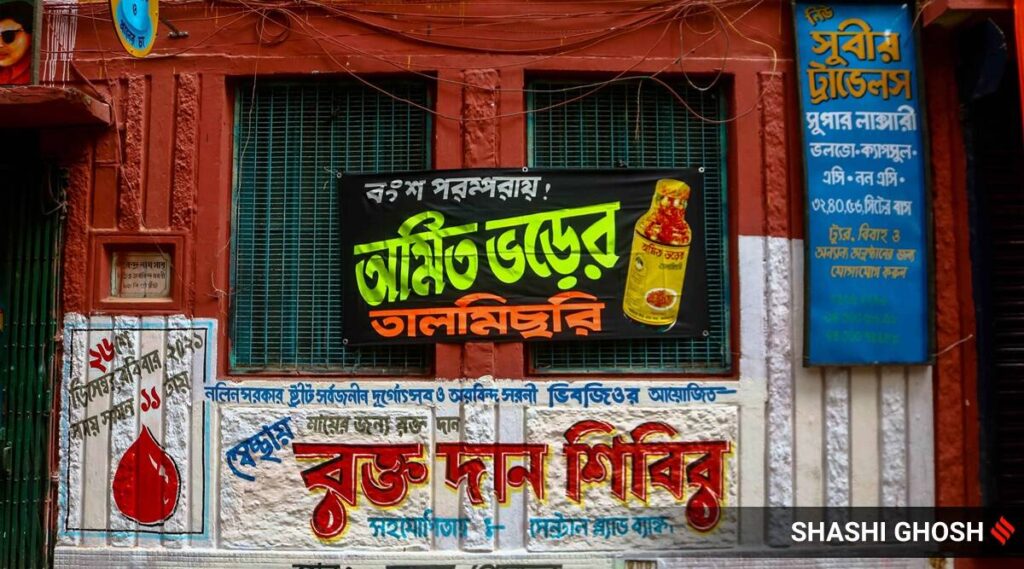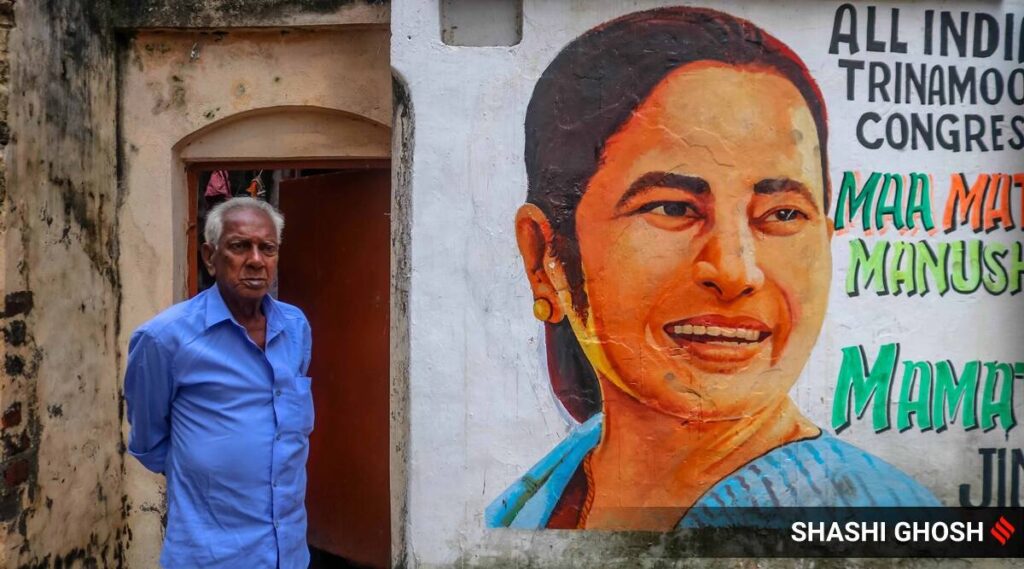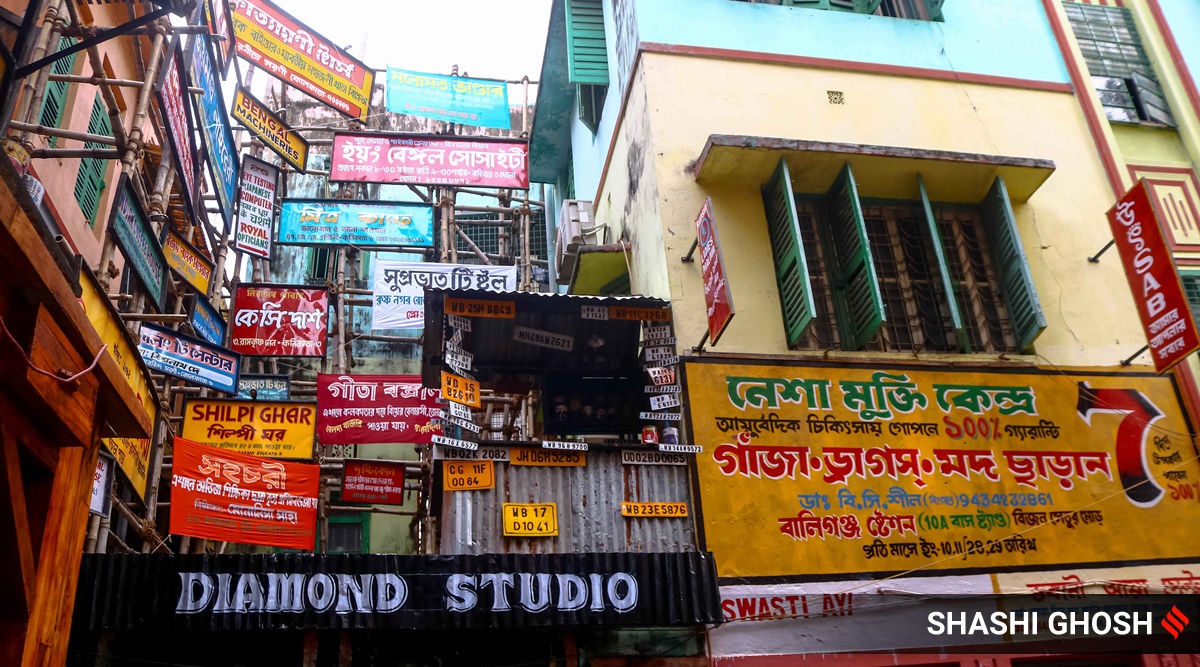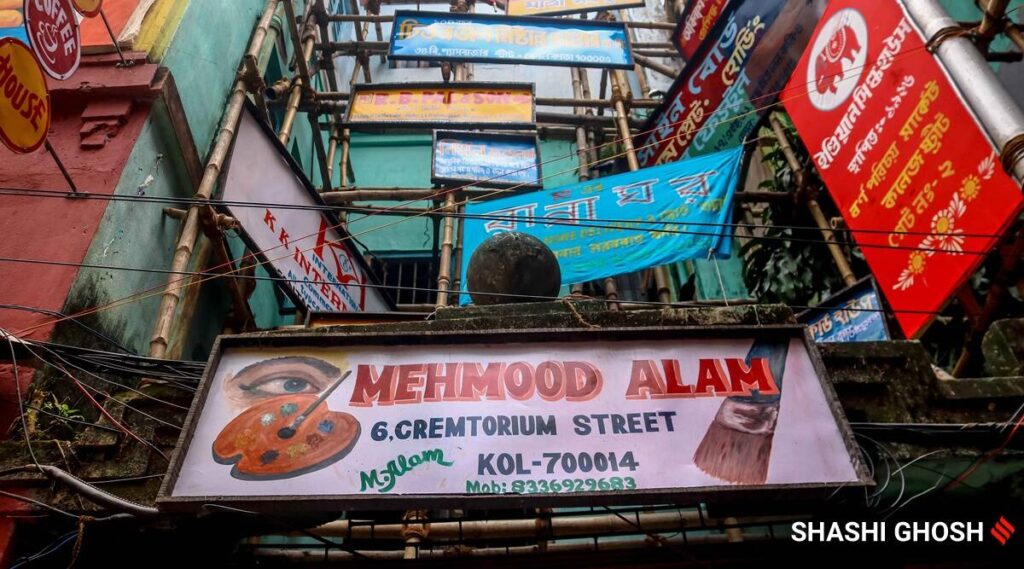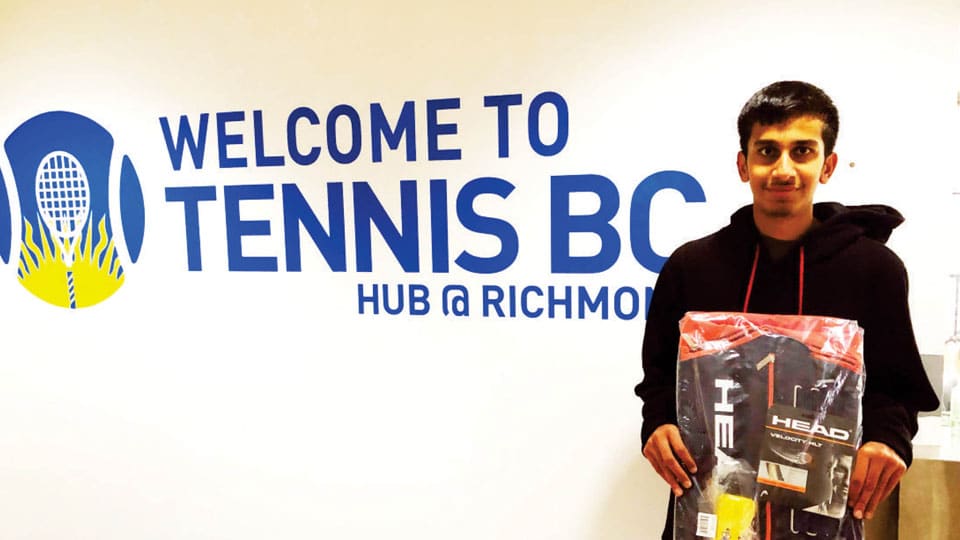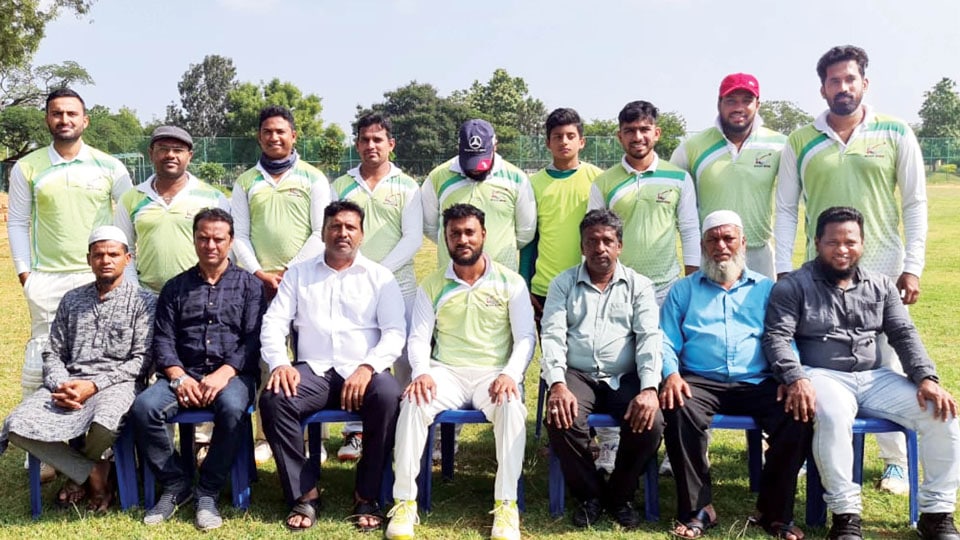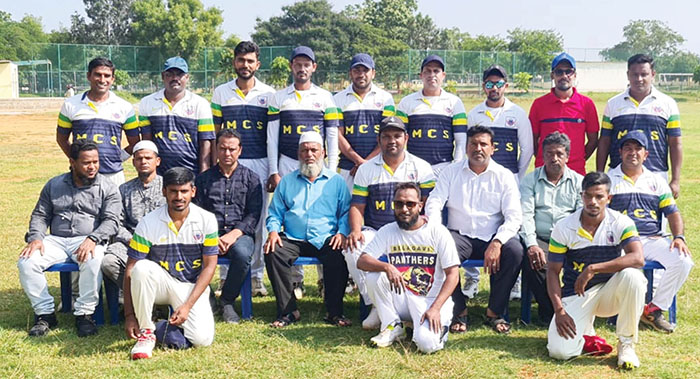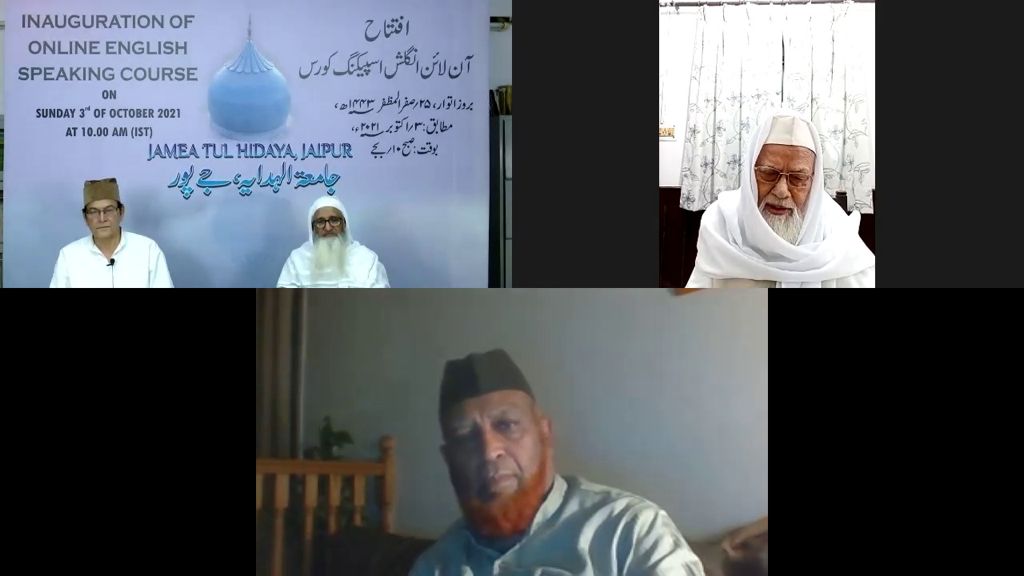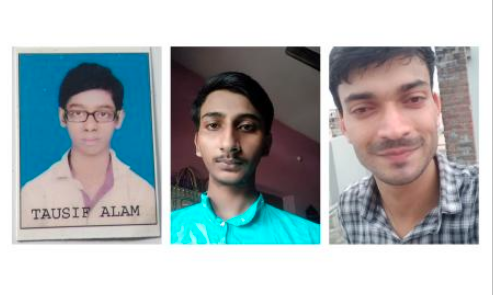New York, USA :
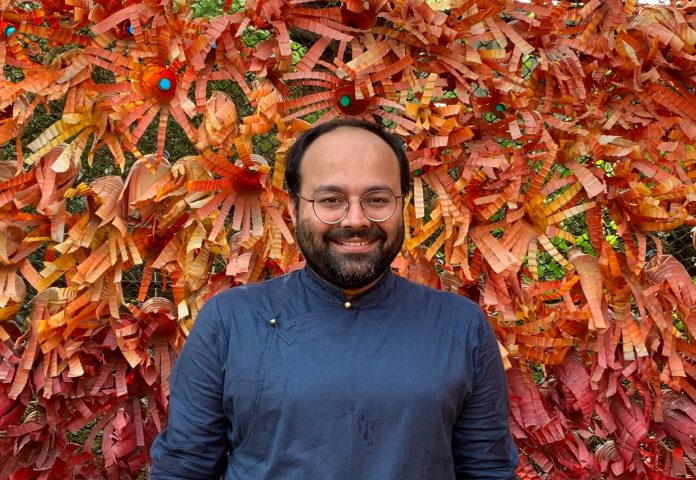
Independent journalist Mohammad Ali was announced as the winner of this year’s Daniel Pearl Award for Outstanding Reporting on South Asia by the South Asian Journalists Association (SAJA) for his report on right-wing vigilantes’ radicalization of India’s Hindus. The past winners of the award include Pulitzer Prize winning American journalist Dexter Filkins and renowned investigative journalist Azmat Zahra.
New Delhi :
Independent journalist Mohammad Ali was last week announced as the winner of the Daniel Pearl Award for Outstanding Reporting on South Asia 2021 by the South Asian Journalists Association (SAJA), a journalism organization based in the U.S. and Canada.
Ali was awarded for his investigative piece on the Hindu vigilante’s radicalization of India’s Hindu’s by “using a dangerous cocktail of social media and Hindutva.” The 10,000-word long piece titled ‘The Rise of a Hindu Vigilante in the Age of WhatsApp and Modi’ appeared in the American magazine WIRED, well known for its focus on “how emerging technologies affect culture, the economy, and politics.” The piece appeared as a cover story in May 2020 of WIRED magazine.
Taking to micro-blogging site Twitter, Ali announced, “I am grateful to @sajahq for the Daniel Pearl Award for Outstanding Reporting on South Asia 2021 for my profile of a Hindu vigilante in @WIRED. It was an investigation into the process of radicalization of India’s Hindus using a dangerous cocktail of social media & Hindutva.”
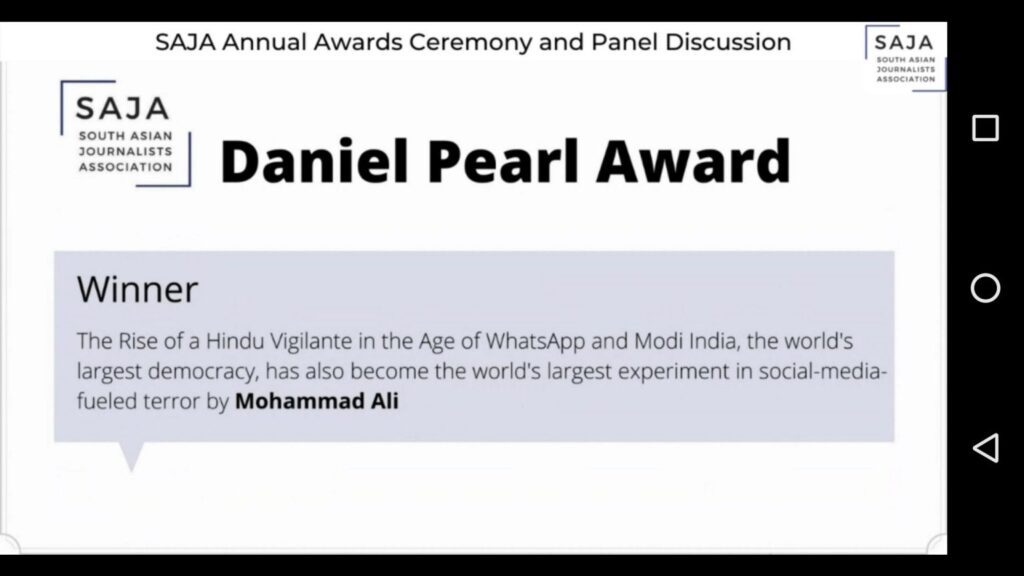
The Daniel Pearl Award for Outstanding Reporting on South Asia is awarded yearly by SAJA. Named after American journalist Daniel Pearl, who was killed in Pakistan in 2002, the past winners of the award include Pulitzer Prize winning journalist Dexter Filkins, and renowned investigative journalist Azmat Zahra.
Ali said that he is elated at the award. “Besides helping my career, the award will draw more attention to the rise of Hindu extremism in India,” Ali told TwoCircles.net.
Ali said the idea for the WIRED story on the rise of Hindu vigilante in India, especially after right-wing Bharatiya Janata Party (BJP) came to power in India in 2014, was spawned as he “didn’t like the liberal media coverage of Hindutva in India.”
Ali said for the story he spent a lot of time with the foot soldiers Hindutva, who would carry out the task of propaganda for “India’s slide towards right-wing Hindu extremism.”
“I didn’t want to demonize them (the workers of right-wing parties in India) but instead to humanize them and tell their story,” Ali said, adding, “With all being said, these workers and the work they do is historically significant as it is changing the course of India’s fate as a democracy.”
Ali’s has been reporting and writing on the rise of Hindu nationalism and violence against Muslims in India for over twelve years.
A post-graduate in literature, Ali started his journalism career with TwoCircles.net in 2008 before joining The Hindu in 2012.
“I belong to the generation of Indian Muslims who witnessed the anti-Muslim pogrom in Gujarat and became conscious of the oppression against the community,” Ali said.
Ali said his foray into journalism came naturally as “becoming conscious of the issues facing Indian Muslims lead me to write about it.”
TwoCircles.net, Ali said, gave him a platform to write about these issues.
“At TCN, the reportage on Muslims was a priority. It was not done before in any other mainstream publication. Working at TCN provided me with a great experience in understanding the issues facing the Muslim community in India beyond what was being written about them in the mainstream press,” Ali said.
It was at TwoCircles.net, Ali said that he did his best stories. His series of stories on the wrongful incarceration of Mohammad Amir brought the focus on the impact of the war on terror on India’s marginalized Muslim community.
Mohammad Amir, a resident of Azad Market in Old Delhi, was falsely charged in 20 cases of bomb blasts in and around Delhi in 1998. He was finally released in January 2012, after 14 year long wrongful incarceration.
TwoCircles.net was the first news portal to break the sad story of Aamir.
Ali detailed the plight of Aamir and his family in a 2010 article titled ‘12 yrs in jail and counting: Story of Amir – a victim of war on terror,’ after he met briefly met Aamir by chance at Teeshazari Court in Delhi.
“Aamir’s story is the defining story of my career. The story brought focus on him and he was eventually released. I still keep in touch with him,” Ali said.
Currently based in New York, Ali’s work has been featured in WIRED, Al Jazeera and The Hindu, among others.
Ali said that due to threats to his life in 2017 from extremist Hindu groups he had to move to the US in 2018 when Columbia Journalism School offered him a fellowship.
Ali has been interviewed by The NewYorker (in a piece on the lynching of Muslims in India), Al-Jazeera (The Listening Post episode on use of WhatsApp in spreading violence and propaganda in India), Harper’s Magazine (on the lynching of Muslims in India), Guardian, (on murders triggered by fake news on WhatsApp), and dozen other Indian publications.
His WIRED piece, which won him the Daniel Pearl Award, which was over a year-long investigation into the functioning of the foot soldiers of RSS, is a powerful account of “how Modi’s rise has unleashed an army of violent Hindu extremists on India’s minority communities pushing them to the possibility of second-class citizenship.”
To report for the story, Ali spent months with workers of Bajrang Dal which is part of a larger ideological fraternity patronized by BJP and Modi.
“The WIRED piece is one of the very few instances of reporting in American magazines on Bajrang Dal’s functioning on a day-to-day basis, and demonstrated how politics transforms a society, how hatred is created between communities in the name of ancient wounds and how it is deployed to control power in the present,” Ali said.
Ali said that his WIRED piece documents “how the most commonplace and most humane things like eating a meal or falling in love can be politicized and turned into sources of majoritarian rage and violence against minorities.”
Ali is currently working on a book on India.
source: http://www.twocircles.net / TwoCircles.net / Home> Lead Story / by Irfan Mehraj, TwoCirlces.net / October 29th, 2021
